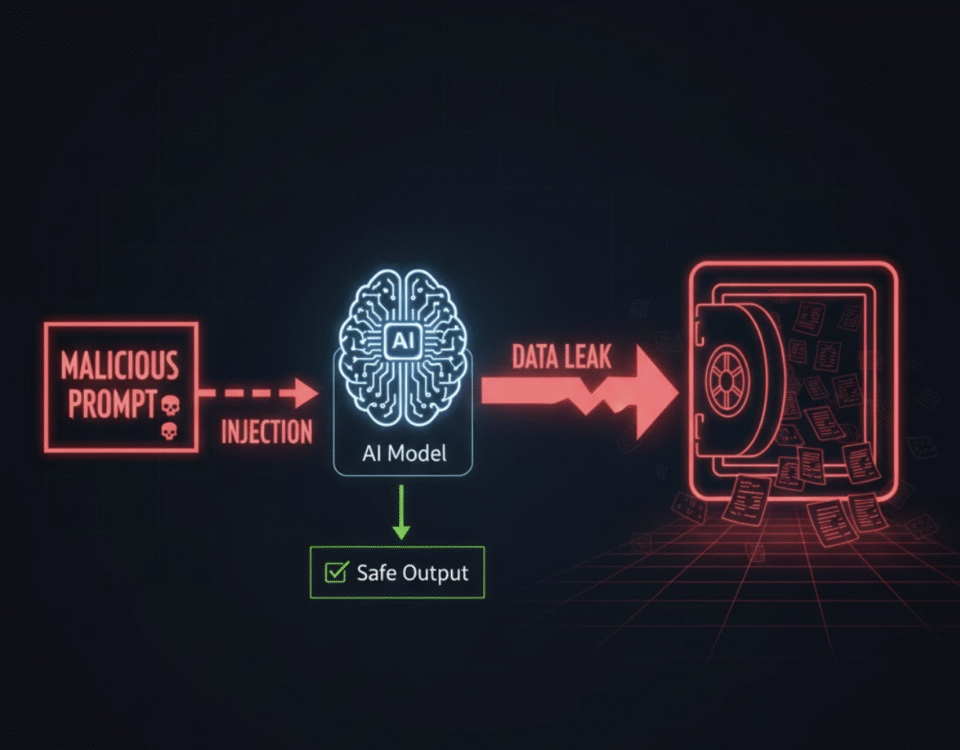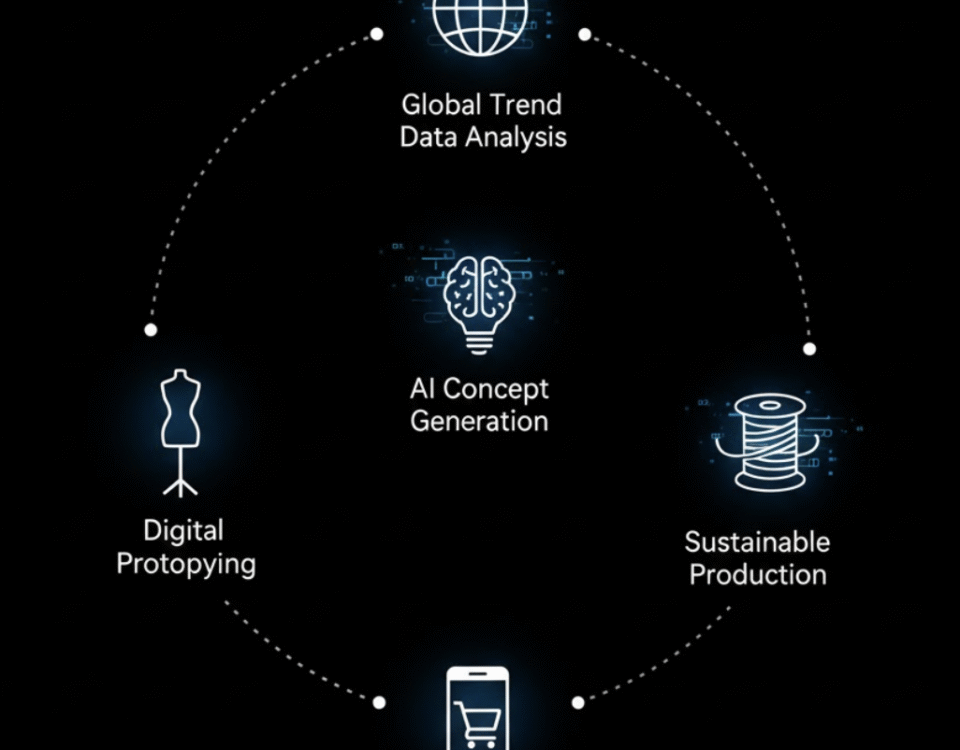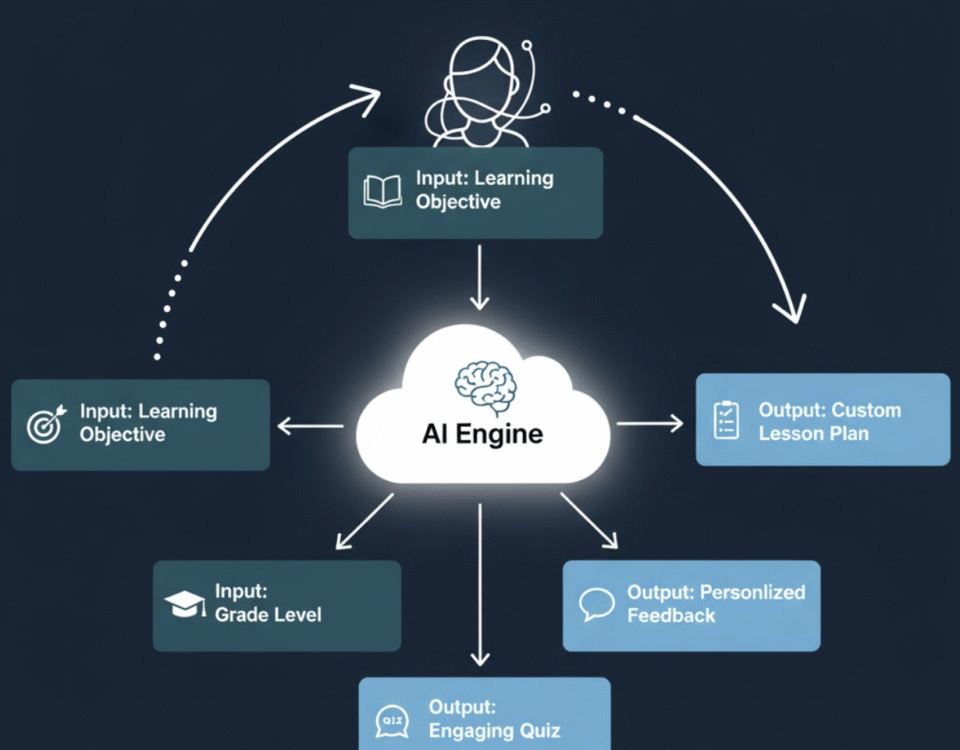
AI Prompt Guide for Content Creators: Repurpose, Script, and Post Faster—Without Losing Your Voice
June 10, 2025
The AI Prompt Playbook for Startup Founders: Launch Smarter, Build Faster, and Validate More with Less
August 4, 2025
Introduction: Agencies Want Scale—AI Can Deliver (If Prompted Right)
Every agency eventually hits the same wall.
You’ve got too many clients, not enough writers, and endless content calendars breathing down your neck. Campaigns need to launch. Emails need to convert. Clients want fast turnaround and fresh strategy.
You try to scale—but hiring is expensive, onboarding is slow, and consistency suffers across accounts.
So you turn to AI.
Tools like ChatGPT, Claude, and Grok offer a way to write faster, ideate smarter, and get more done—but only if your team knows how to prompt properly.
This playbook will show you how agencies are using AI the right way—with structured prompts, repeatable systems, and deliverable-specific workflows to scale without stress.
How AI Fits Into Modern Agency Workflows
AI can’t replace your creative team. But it can make them twice as effective when plugged into the right parts of your process.
Here’s where agencies are using AI today:
| Use Case | Example |
|---|---|
| Content Creation | First drafts of blog posts, LinkedIn posts, or newsletters |
| Ad Copywriting | Google ad variations, Facebook angles, UGC scripts |
| Campaign Strategy | Launch frameworks, angle brainstorming, funnel maps |
| Persona Research | ICP summaries, voice/tone briefs, user pain point distillation |
| Client Reporting | Email summaries, pitch decks, insights recaps |
| Proposal Drafting | Landing page copy, value prop messaging, pitch intros |

Why Most Agencies Get Mid Results from AI
AI is only as strong as the brief it’s given.
Here’s why many agencies struggle:
Team members prompt inconsistently (or not at all)
Everyone writes from scratch, even for repeat deliverables
Prompting lacks structure—too vague or too robotic
Junior staff waste hours cleaning up generic AI outputs
There’s no shared repository of what actually works
In short: agencies treat prompting like a personal experiment, not a shared system.
But the fastest-growing teams are turning prompts into standard operating procedures—and getting back their time, margin, and momentum.
The C.O.R.E. Prompting Framework for Agencies
Here’s a simple way to train your team to write better prompts, every time.
Use the C.O.R.E. Framework:
| Letter | What It Means | Why It Matters |
|---|---|---|
| C – Context | Who’s the client? What’s the goal? Who’s the audience? | Vague prompts = vague output |
| O – Output | What format should the AI generate? | Be clear: blog? carousel? 3 headlines? |
| R – Role | What lens should AI write from? | Copywriter? strategist? performance marketer? |
| E – Example | Optional tone or structure reference | Helps match brand voice, pacing, structure |
⚠️ Weak Prompt Example:
“Write an email promoting a webinar for our client.”
Result:
Generic, templated copy
Off-brand voice
CTA buried or weak
✅ C.O.R.E. Prompt Example:
“Act as a B2B SaaS email marketer. Write a 4-line promo email for a cybersecurity client hosting a webinar for CIOs at mid-market companies. Focus on the threat of ransomware. Hook first, benefit second, CTA third. Match this tone: confident, professional, slightly urgent.”
Result:
Sharp copy. Real hook. Client voice intact.
Prompt Chains for Client Campaigns
The best agencies don’t just prompt once. They use chains—a sequence of prompts that build an entire asset suite step-by-step.
Here’s an example for a launch campaign:
🔗 Step 1: Audience Alignment
“Summarize the target audience for a DTC apparel brand selling eco-friendly outerwear to Gen Z. Include psychographics, priorities, and pain points.”
🔗 Step 2: Campaign Angles
“Give me 5 campaign angles based on that audience. Each should include 1 emotional hook, 1 product benefit, and 1 example content format.”
🔗 Step 3: Channel Assets
“Turn the top angle into a Facebook ad (copy only), Instagram carousel outline, and launch email. Keep tone fun and Gen Z-forward.”
🔗 Step 4: Client Debrief
“Summarize this campaign as a client-facing launch plan in bullet points, including theme, assets, and timelines.”
By splitting the work, you increase clarity, reduce rewrite time, and keep strategy aligned across every touchpoint.
How to Systematize AI Across Your Agency
Prompts become a scaling mechanism when they’re shared, reused, and documented across the team.
Here’s how to operationalize them:
🔁 Build Prompt Templates Into Onboarding
For every service (e.g., SEO blog, sales email, ad set), create a default prompt format your team can follow. Make it editable, but never start from scratch.
🧠 Create Brand Voice Memory
For every client, save:
Voice/tone guidelines
Sample blog/email/ad to mimic
Do’s and don’ts for CTA or format
Prompt:
“Write like this: [insert example] but apply it to [new campaign goal].”
🔄 Assign Role-Based Prompts
Different team members = different prompts.
| Role | Prompt Focus |
|---|---|
| Strategist | Funnel planning, persona development |
| Copywriter | Headlines, scripts, CTAs |
| Account Manager | Client summaries, deck prep |
| Designer | Slide titles, layout copy, social overlays |
🛠 Deliverable-Based Prompt Systems
Make a cheat sheet like:
Ad Set Build: Angle ideation → hook test → final copy
Newsletter: Theme prompt → 3 subject lines → CTA variants
Sales Page: Audience context → offer breakdown → proof points → FAQ generation
Build once. Reuse weekly.
Optional Tool Mention: MagicPrompt for Agencies
If you want to skip the spreadsheet and start with proven prompt systems, MagicPrompt includes:
Ad builders
Email frameworks
Brand voice inputs
Client deck generators
Multi-step prompt chains for marketing, sales, and creative teams
One prompt = five outputs across deliverables.
It’s built for real-world agency workflows, not prompt engineers.
Final Thoughts: AI Won’t Replace Your Team—But It Can Make Them 2x Faster
Clients don’t care if you use AI.
They care that their campaign is delivered on time, sounds like their brand, and gets results.
The best agencies in 2025 won’t be the ones with the biggest teams.
They’ll be the ones with the best systems—and AI-powered prompts are the system that multiplies your output, not your payroll.
Structure your prompting.
Train your team.
Scale your work—without scaling the stress.
FAQ: AI + Agency Workflow Integration
Q: How should agencies train team members to use AI?
A: Start with a prompt framework like C.O.R.E. and create shared prompt templates for key deliverables. Make AI part of your SOPs, not an ad-hoc tool.
Q: Will AI reduce quality across clients?
A: Only if used without structure. With strong prompts and voice reference, AI enhances consistency and saves time—especially on first drafts.
Q: What’s the best place to start with AI in an agency?
A: Begin with high-volume, low-strategy tasks: ad variations, content repurposing, email follow-ups, and creative briefs.
Enjoy the article? See other content by MagicPrompt
Join our Newsletter
Learn AI and Prompt Engineering from the experts.



